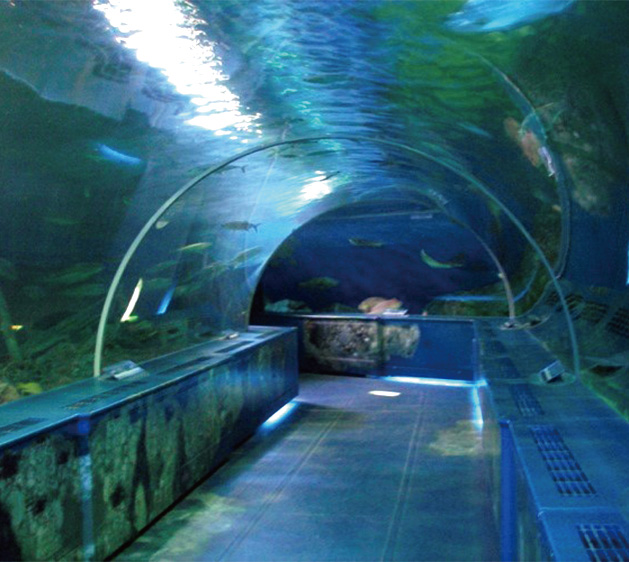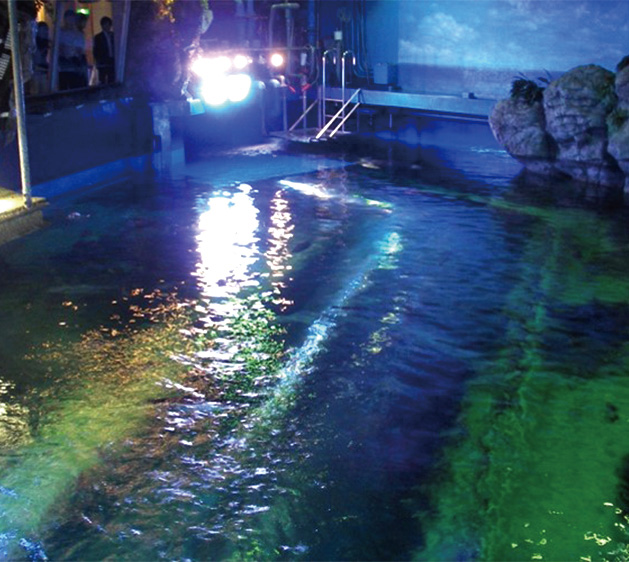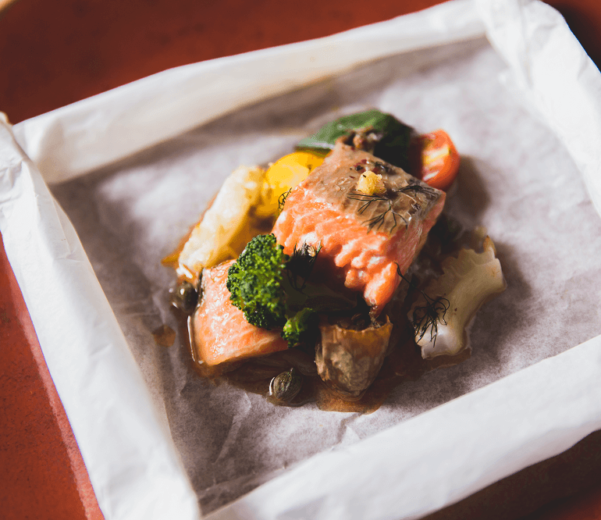Projects
- Home
- Projects
Closed recirculating aquaculture system
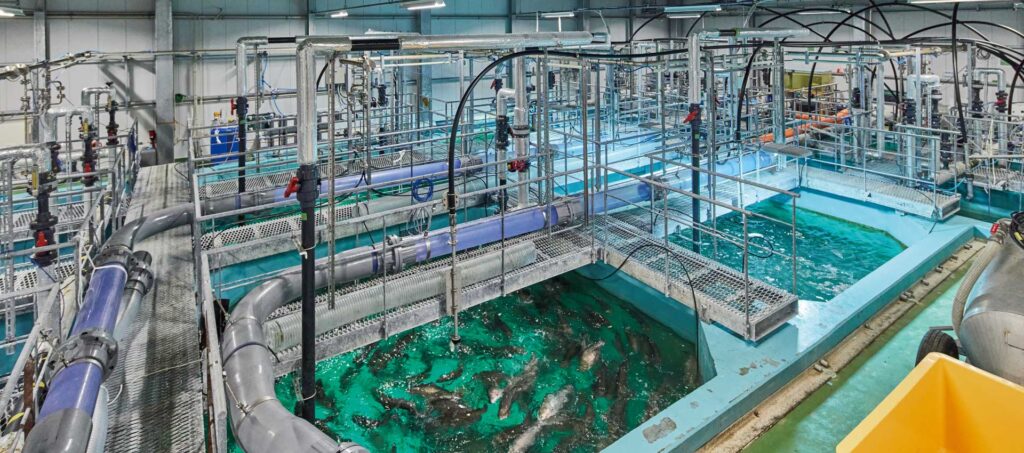
What's Closed RAS
閉鎖循環式陸上養殖システムとは?
Land-based aquaculture without water changes
FRD Japan’s closed RAS system uses a unique filtration technology that utilizes bacteria, making it possible to conduct aquaculture while circulating water with minimum exchange.
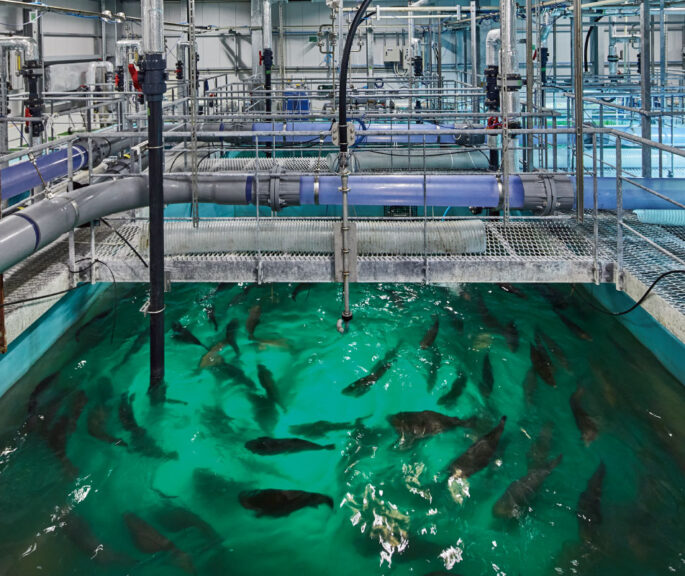
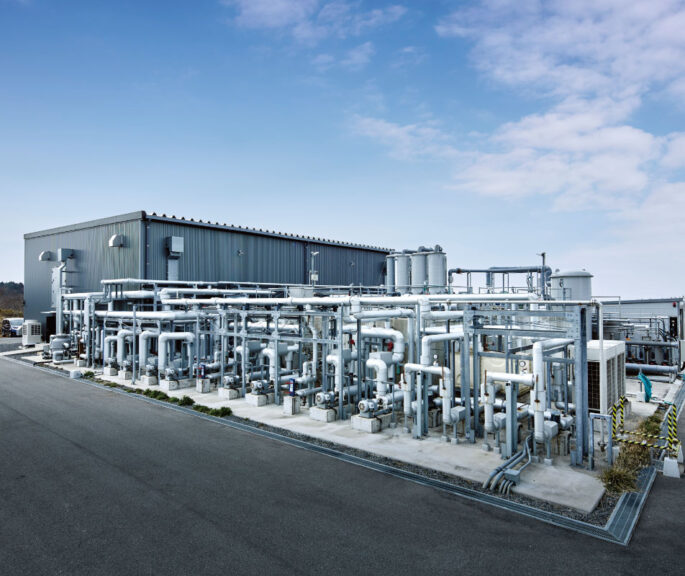
Technology of Closed RAS
Technology enabling no water changes
Features of Closed RAS
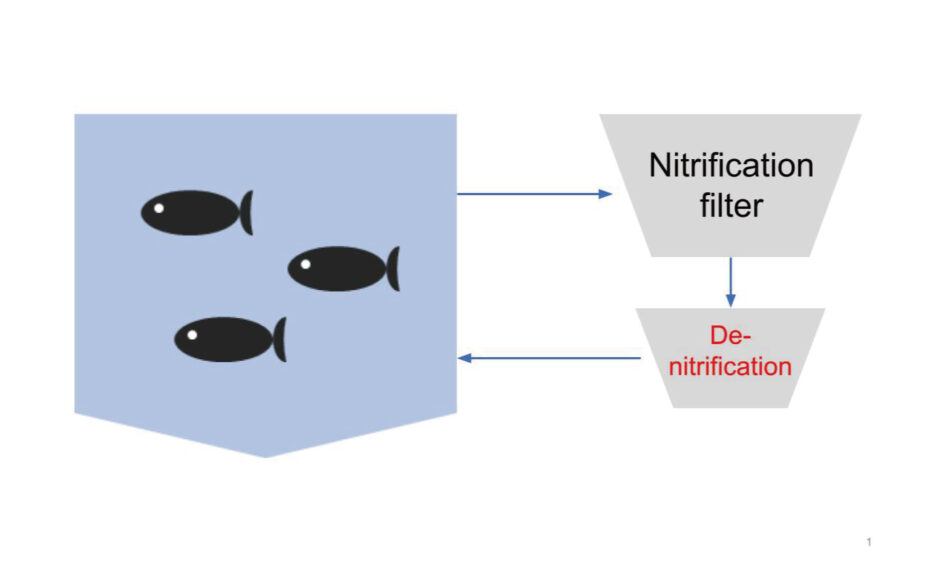
Conventional recirculating land-based aquaculture systems require water changes of at least around 30% per day, mainly to prevent the accumulation of substances such as nitric acid that cannot be removed.
FRD Japan has developed a “denitrification device” that removes nitric acid with the power of bacteria. This has enabled land-based aquaculture with a completely closed circulation that does not require water changes*. It is a future aquaculture system that allows delicious fish firming at a low cost in any location.
*Only water that is lost through evaporation, etc., is replenished.
Four advantages of Closed RAS
Environmentally friendly
*ASC certified. ASC certification is a certification of aquaculture products that have been raised with minimal impact on the environment and society.
Aquaculture of "Anywhere Anytime"
No need for cost of water cooling
No risk of fish diseases entering from seawater
Trout Salmon Farming Business
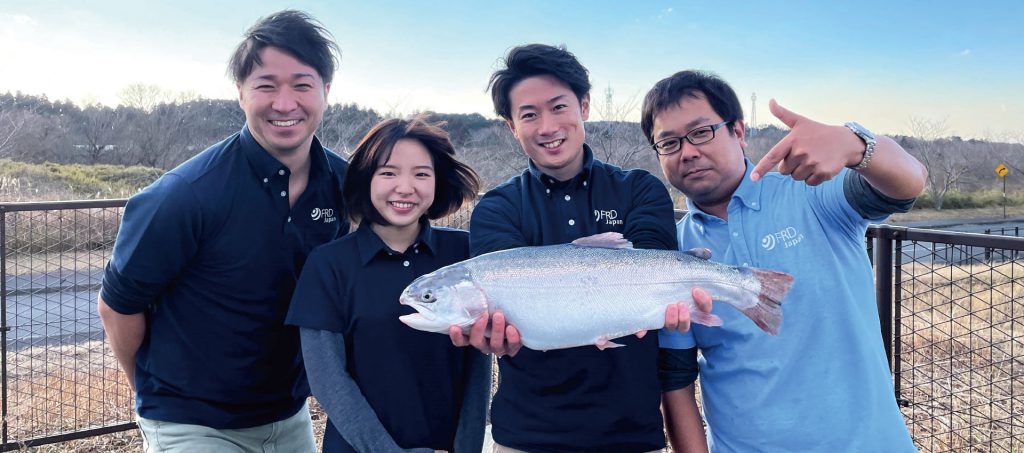
What's Trout Farming Project
トラウトサーモン養殖事業とは?
世界初の大規模サーモン陸上養殖事業を目指して
FRD Japan has been building and operating its own trout salmon farming plants. Currently, we are operating a demonstration experiment plant in Kisarazu, Chiba Prefecture. In the future, we aim to spread our Closed RAS system in Japan and other countries around the world.

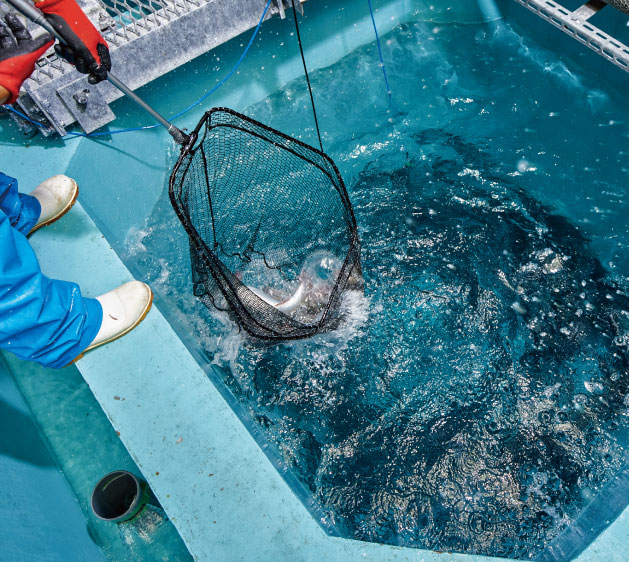
Future Plans
トラウトサーモン養殖プラント
To popularize a Closed RAS system.
FRD Japan is planning to move from “Phase 1 (demonstration experiment plant)” to “Phase 2 (commercial plant)” to spread the Closed RAS system. We are currently operating a demonstration experiment plant with an annual production capacity of 30 tons as part of Phase 1 and succeeded in stable fish production with minimum exchange.
Phase 2 of the plant, with an annual production capacity of 3,500 tons, is under construction starting in July 2023.
Phase 1:Demonstration experiment plant(30 tons/year)
Phase 2:Commercial plant 3,500 tons /year)
Demonstration experiment plant
Production: 30 tons/year
Location: Iwatsuki-ku, Saitama City, Saitama Prefecture
Start of operation: December 2017
Kisarazu Plant (from 6th month to shipping)
Location: Kisarazu City, Chiba
Start of operation:July 2018
First shipment:April 2019
Commercial plant
Production volume: 3,500 tons/year
Location: Futtsu City, Chiba
Start of construction: July 2023
Support for entering the land-based aquaculture industry
FRD Japan also provides support for companies that are considering entering the land-based aquaculture business. We can assist in selecting fish species, the formulation of aquaculture plans, the design of aquaculture facilities, and other custom-made aquaculture plans. Please feel free to contact us.
Past Cases
過去導入事例
Abalone farming with closed RAS system
- OBAYASHI CORPORATION
- White data center in Bibai city, Hokkaido
- Sanriku Region Reconstruction Department of Iwate university
- Aqua-Agri stationTamagawa University


Torafugu (Japanese pufferfish) farming with close RAS
- Shihoro onsen in Hokkaido
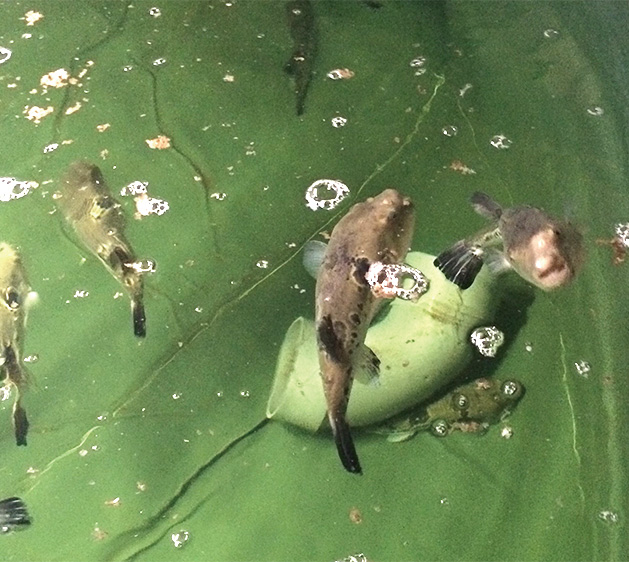

Full automatic denitrification device OCN2
- SHINAGAWA AQUARIUM
